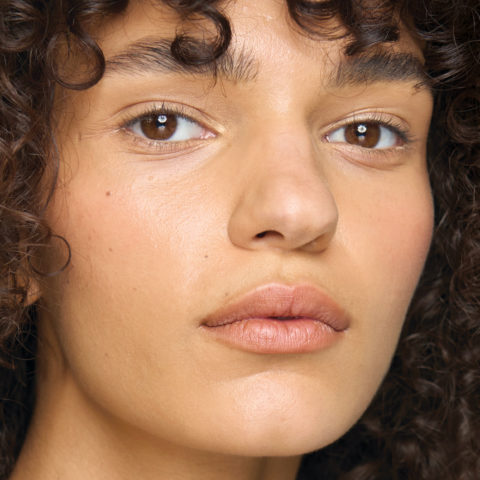Why We Turn to Bleached Hair During Times of Chaos and Change
Earlier this month, Selena Gomez showed up at the American Music Awards looking different. In freshly minted Nirvana Blonde™ hair, she’d undergone about nine hours (and 300 foils) of treatment over the course of a single day, it was a testament to the patience of stylists and of a process that involved a lot of sitting down. It also marked a new, Weeknd-less phase of her life.
To go blonde as a means of starting over isn’t exclusive to Selena’s narrative. In March, Cara Delevingne went platinum shortly before shaving her head for a movie role, and in June of last year, Justin Bieber attempted to erase his dreadlocked past with a round of bleach. Meanwhile, Taylor Swift signalled an edgier shift to her image by going platinum in time for the 2016 Met Gala, and around the same time Miley Cyrus ranted about how much she regretted bleaching her own hair (during the infamous And Pets era).
Because that’s the thing about bleach: it’s a fast and easy way to reinvent yourself. Whether as Gwyneth Paltrow in Sliding Doors or Kris Jenner morphing into a meme, blonde hair is a direct route to abandoning one’s former self and making that intention obvious. It’s clean, sterile, and unaffected by the past. It’s the elimination of colour and of nuance and depth and of the secrets that one’s hair may have kept. It’s a literal blank slate. And, provided you don’t care about the damage inflicted by DIY approaches to hair dye, you can do it at home.
The first time I dyed my hair blonde, I was in ninth grade and desperate to be anyone but the girl my classmates had grown up with. I wanted to rebel, to shed my legacy of Being Good™, and to join the ranks of girls I knew whose blonde hair seemed like a personality trait. (And it worked—sort of, and not permanently.) Then, years later (at 30), I went blonde again, desperate to lighten the weight of a very tumultuous few years and months I felt could be erased by a few hours in a stylist’s chair. A year since my last appointment and I’m still growing it out, realizing that nothing is worth being erased or forgotten enough to make regularly scheduled appointments or to shell out money I’d rather spend on jeans. Especially since nothing actually changes when you makeover your hair—you’re still you, just a version of you that’s now tied to a purple conditioner.
But we’re a culture that thrives on change and treats reinvention like currency. And as a result, we equate bleached hair to a massive life or career move, with its “look at me now” ties to punk, grunge, and (now) pop, to someone’s willingness to rebel, to evolve, or to completely abandon the person we’d familiarized ourselves with. Plus, it’s one of the most accessible forms of fresh starts: with only a bottle of peroxide, you can signify the death of a person and the birth of another; you can announce that you’re somebody different now.
It also carries a weight. When Selena showed up in her newly blonde bob, she wasn’t just exercising her right to change her own look, she was telling us who she’s decided to be. And a stark contrast to how you once looked can be polarizing. It creates conversation, discussion, and prompts theorizing that leads to people like me writing about blonde hair and what it means. But in the end, it’s a big change on one’s own terms and sometimes at one’s own hands. And in a world where it feels like everything else is out of our control, holding our future in a bottle of bleach can be all the control we need.








